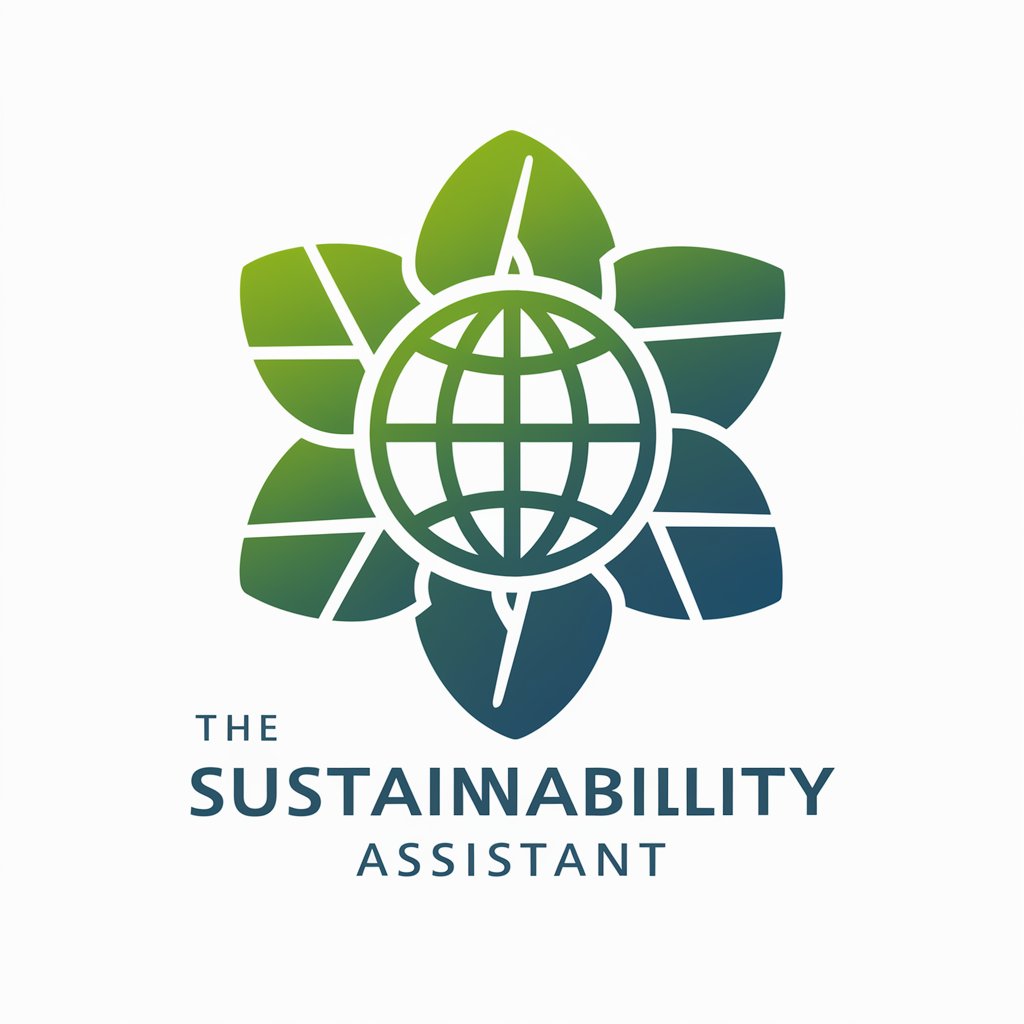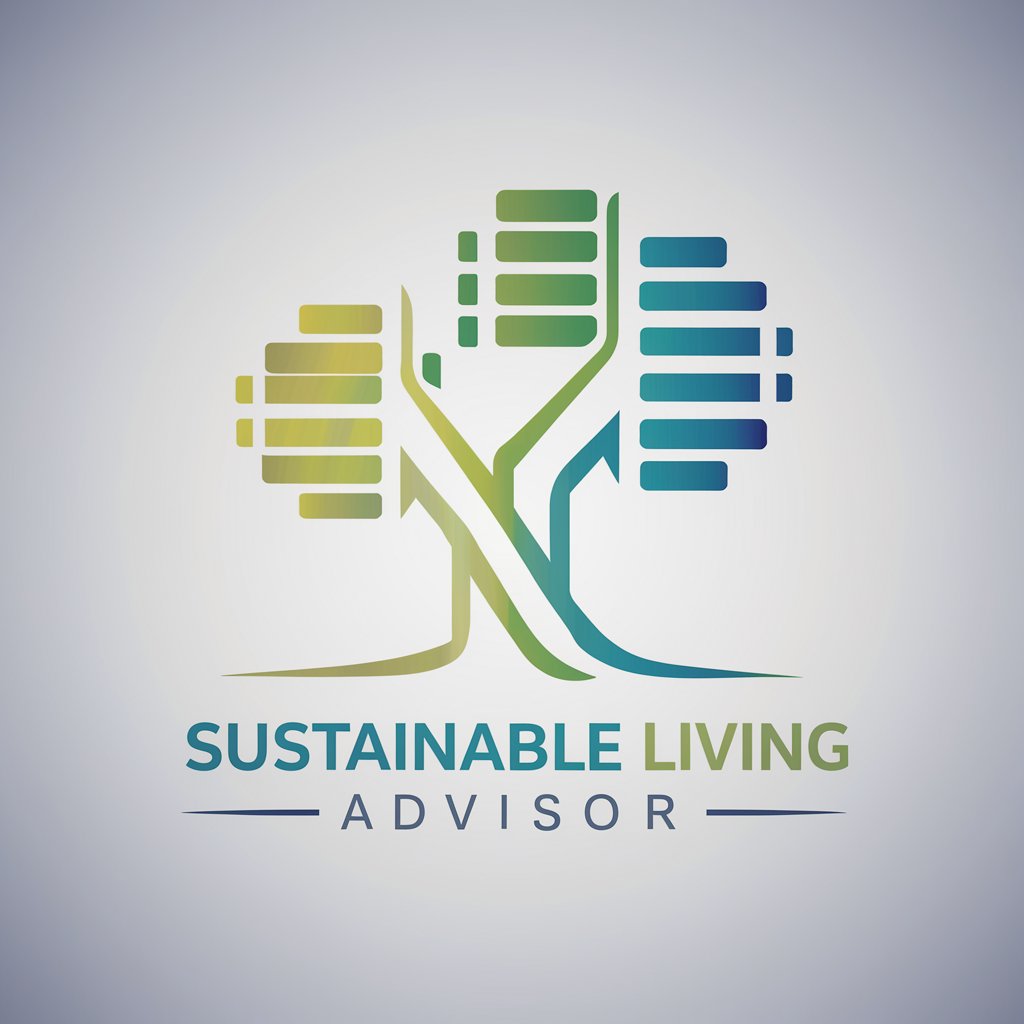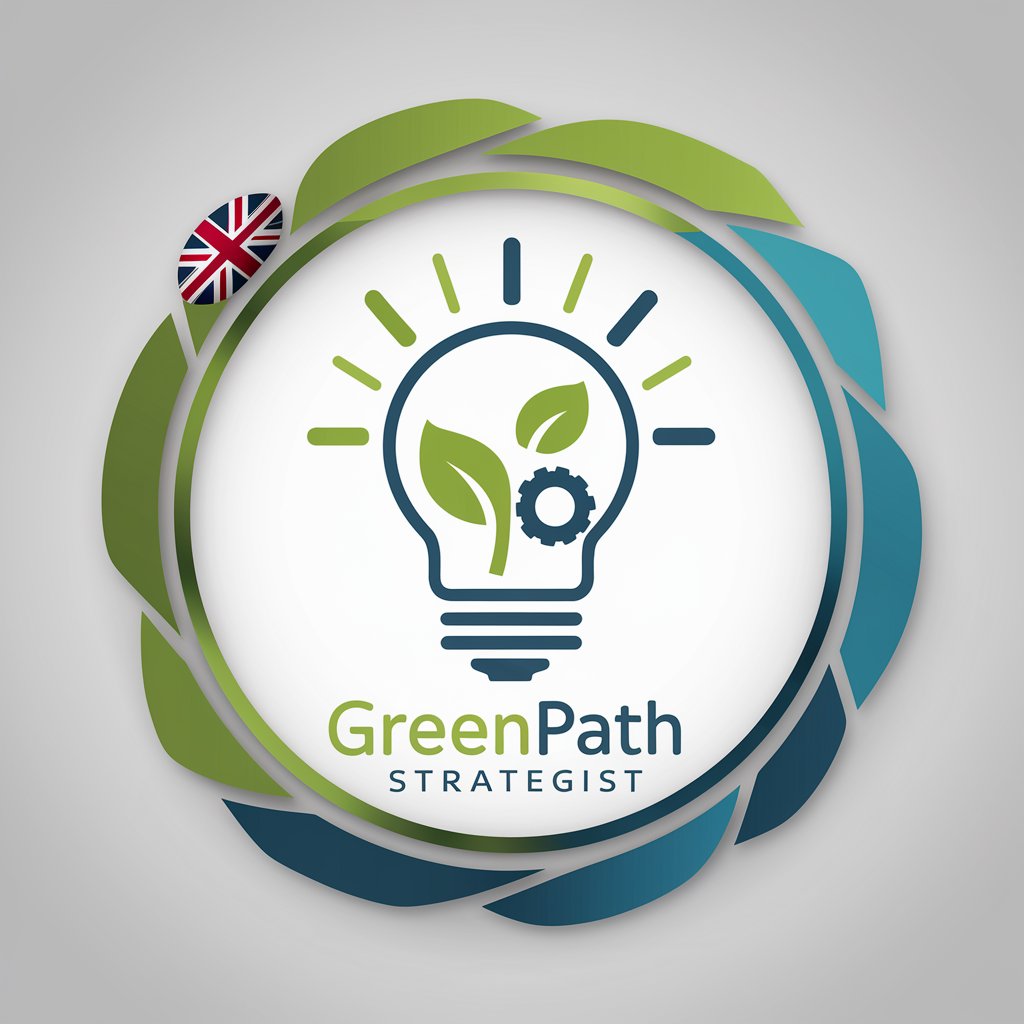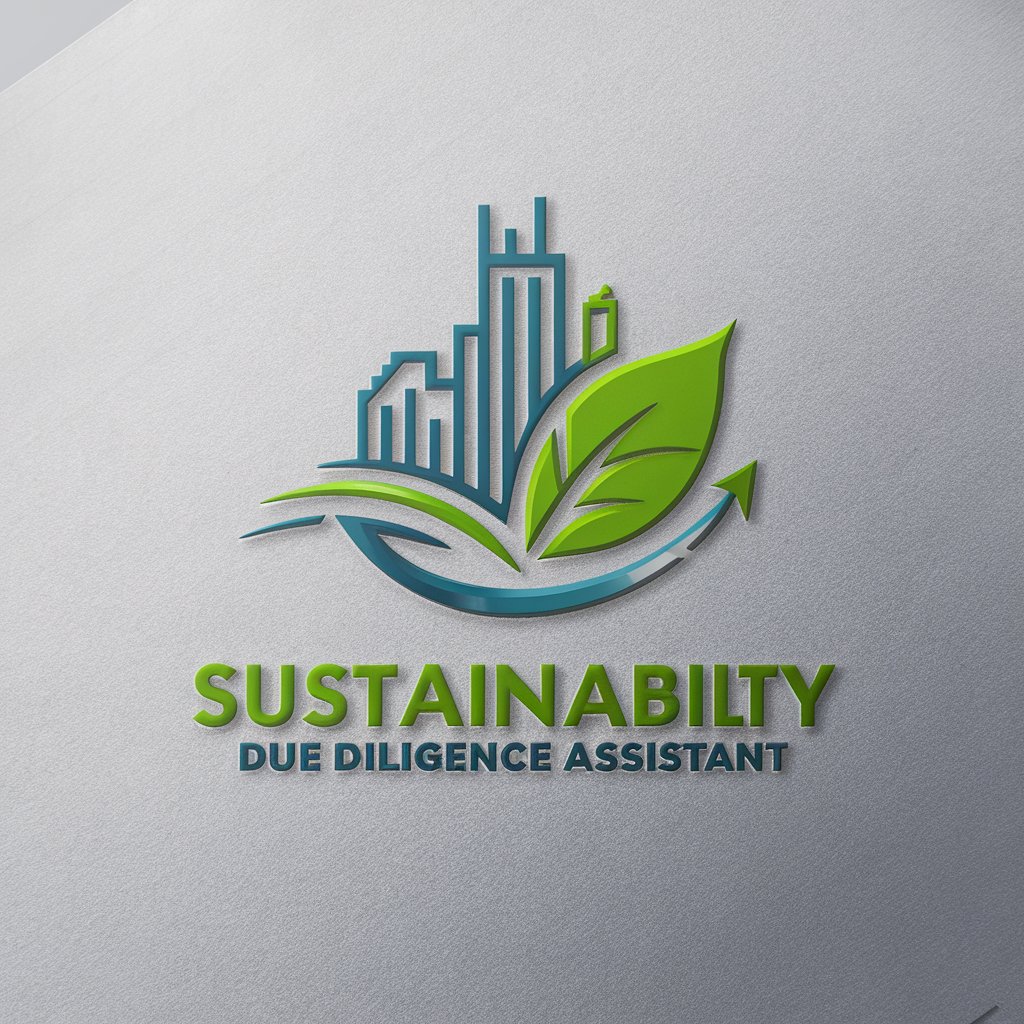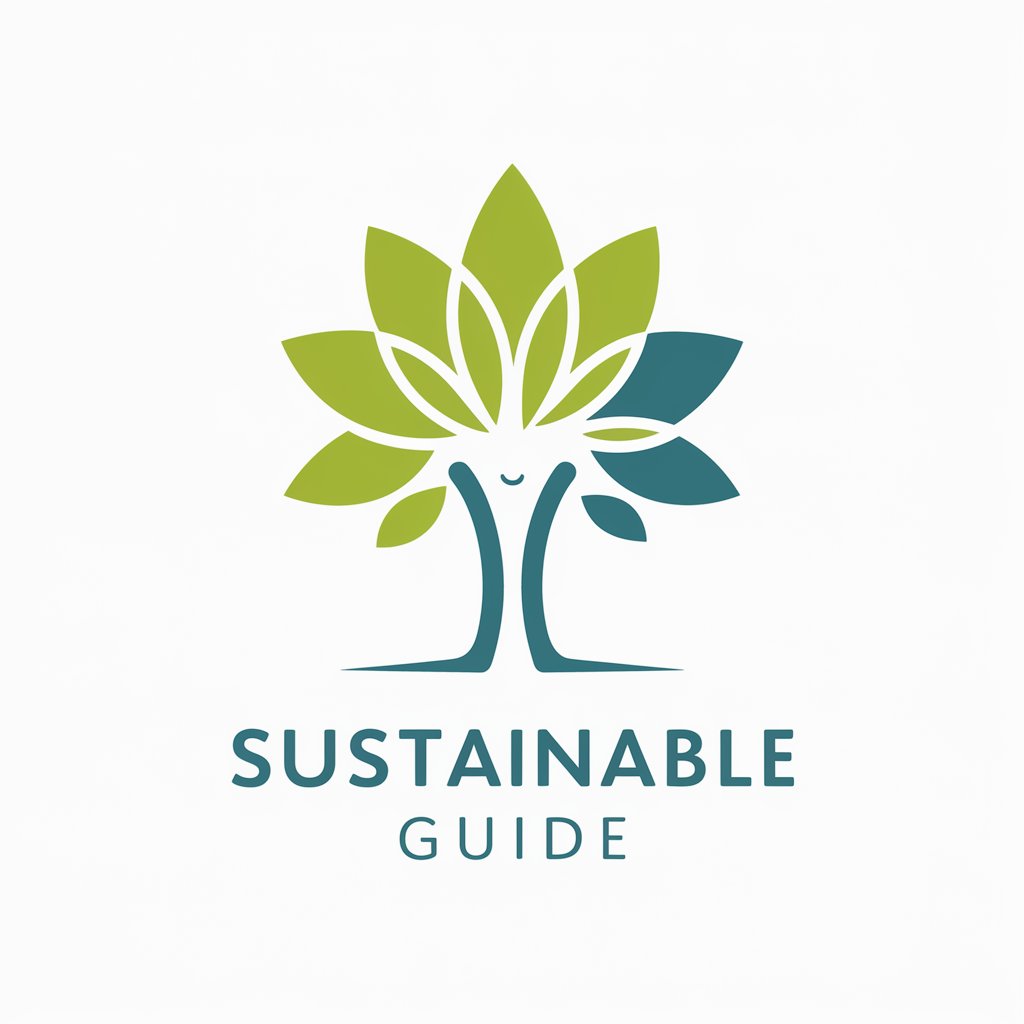
Sustainability Explorer - sustainable design alternative generator

Empowering Sustainable Innovation with AI
Let's discuss sustainable alternatives for my company.
Give me 5 example directions for printers.
Get Embed Code
Understanding Sustainability Explorer
Sustainability Explorer is designed as a specialized tool to assist design engineering teams in conceptualizing and developing product alternatives with a strong emphasis on sustainability. Through engaging in interactive dialogues, this tool gathers detailed information about the user's company, its sustainability ambitions, and the specific product or service in focus. By integrating the latest insights on sustainable and circular business models, life cycle analysis, and alternative product designs, Sustainability Explorer crafts a tailored approach to innovation. A key aspect of its functionality includes the adaptation of business models to maximize product longevity and sustainability. Examples of its application range from redesigning consumer products for better recyclability, to developing service models that reduce waste and enhance product life cycles, illustrating its commitment to fostering sustainable development in business practices. Powered by ChatGPT-4o。

Core Functions of Sustainability Explorer
Generating Sustainable Design Alternatives
Example
For a company producing electronic gadgets, Sustainability Explorer can propose alternatives such as modular designs that allow for easier repair and upgrade, or the use of biodegradable materials for less environmental impact.
Scenario
This function is applied when a company seeks to innovate its product line with sustainability in mind, ensuring that new designs reduce waste, extend product life, and minimize carbon footprint.
Adapting Business Models for Sustainability
Example
For a fashion brand, the tool could suggest shifting from a traditional sales model to a circular model that includes renting, second-hand sales, or recycling programs.
Scenario
When a company aims to make its operations more sustainable, this function helps reimagine how its products are sold, used, and recycled, creating a more sustainable cycle of consumption and production.
Lifecycle Analysis and Sustainability Metrics
Example
Assisting a furniture manufacturer in analyzing the environmental impact of their products from raw material sourcing to end-of-life, recommending strategies to reduce their carbon and water footprints.
Scenario
This is crucial for businesses looking to thoroughly understand the environmental impact of their products and identify key areas for improvement in terms of sustainability.
Engaging Stakeholders in Sustainable Development
Example
Guiding a construction company in involving stakeholders, from suppliers to end-users, in the transition towards using sustainable building materials and practices.
Scenario
This function supports companies in collaborating with all parties involved in the product lifecycle to ensure that sustainability goals are understood and pursued collectively.
Who Benefits from Sustainability Explorer
Design Engineering Teams
Teams responsible for the creation and iteration of products will find Sustainability Explorer invaluable for integrating sustainability into every stage of design and development, from conceptualization to final product.
Sustainability Managers
Professionals tasked with overseeing and implementing sustainability strategies within their organizations can utilize the tool to identify and act on opportunities for improving sustainability in products and business models.
Product Managers
Individuals in charge of managing a product's lifecycle will benefit from the tool's insights on extending product life, reducing environmental impact, and engaging consumers in sustainable practices.
Entrepreneurs and Startups
Innovators looking to disrupt traditional markets with sustainable products and services will find the tool a comprehensive guide in designing offerings that are not only eco-friendly but also economically viable.

How to Use Sustainability Explorer
Initiate Free Trial
Begin by accessing yeschat.ai for an uncomplicated, no-login-required free trial experience, bypassing the need for ChatGPT Plus.
Identify Sustainability Goals
Define your sustainability objectives or challenges. Consider aspects such as reducing carbon footprint, improving product life cycle, or incorporating circular economy principles.
Engage with Sustainability Explorer
Utilize the tool by asking specific questions about sustainable design engineering, business model adaptation, or sustainability strategies relevant to your project.
Review Alternatives
Evaluate the generated sustainable design alternatives. Focus on the integration of these solutions into your business model for enhanced sustainability.
Finalize Design Brief
Select a sustainable alternative and collaborate with Sustainability Explorer to refine and finalize a detailed design brief, incorporating sustainability goals and business model implications.
Try other advanced and practical GPTs
Lift Mate
Science-Driven Fitness at Your Fingertips

Vertical Storage Lift Helper
Elevate Your Storage Efficiency with AI

Lift Tech Pro
Elevating Industry Standards with AI

LIFT Business Planner
Craft Your Business Future with AI

Lift Purchase Advisor
Elevating Your Choices with AI

Boat Lift Guide
Elevate Your Boat Safely with AI

PPC Audit
Optimize Ads with AI-Powered Insights
Woke Meter
Discover Your Unique Life Path with Woke Meter

Oui Chef
Unlock the world of flavors.

Incredible IT Support - E-mail Editor
Transforming IT Support with AI Empathy
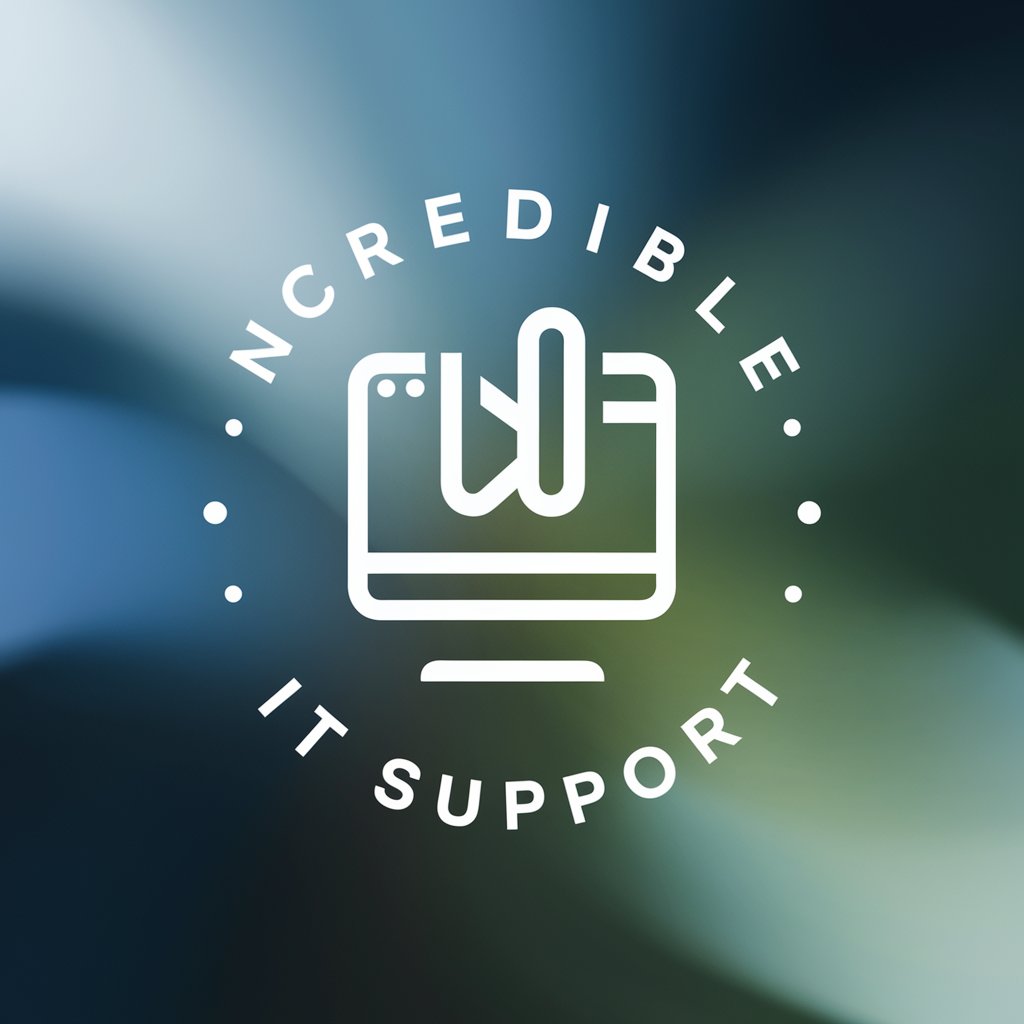
art
Unleash Creativity with AI-Powered Art
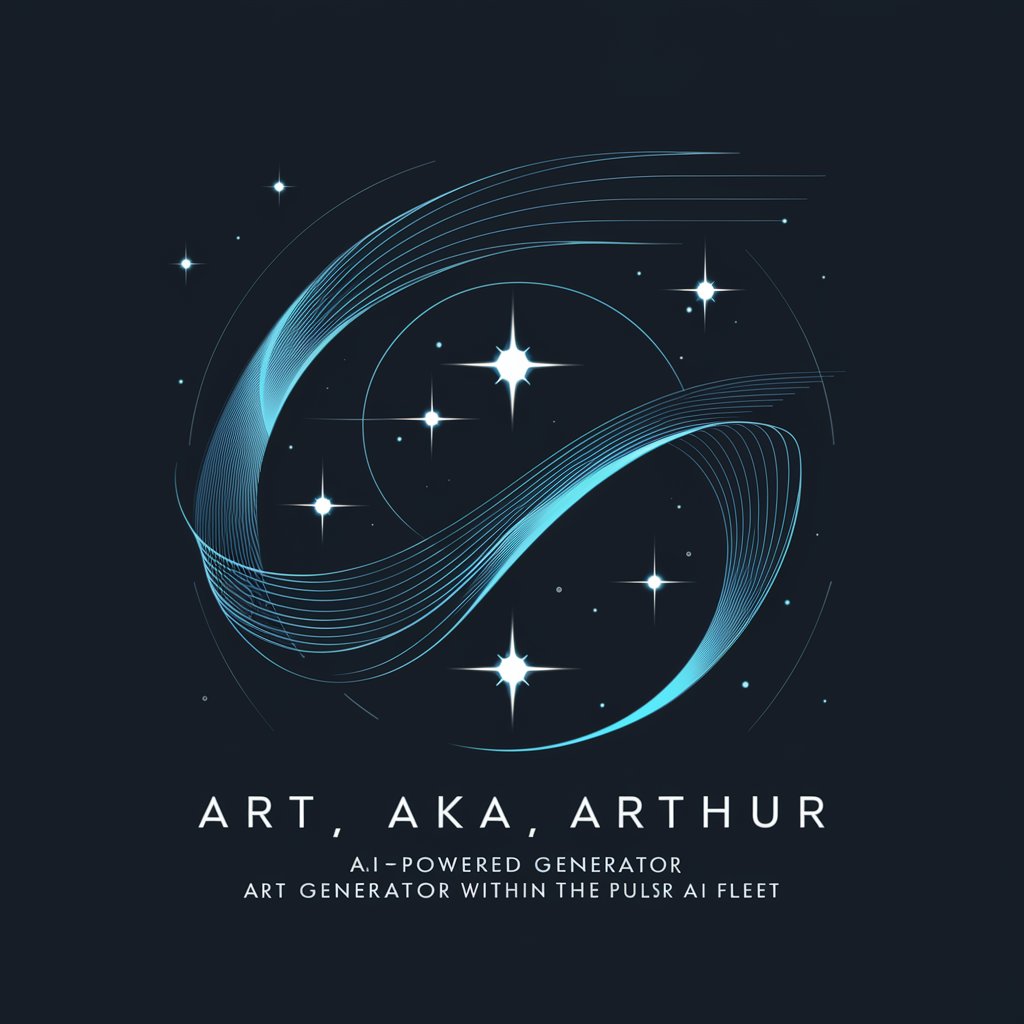
Sophisticated Decliner
Decline with Precision: AI-Powered Professionalism

Frequently Asked Questions about Sustainability Explorer
What makes Sustainability Explorer unique?
Sustainability Explorer stands out by offering tailored sustainable design alternatives, focusing on adapting business models for long-lasting product life cycles and integrating circular economy principles.
Can Sustainability Explorer help in reducing carbon footprint?
Yes, it assists in identifying and implementing design and business model strategies aimed at reducing the carbon footprint of products and services.
How does Sustainability Explorer integrate with existing business models?
It evaluates your current business model and suggests modifications or alternatives that enhance sustainability without compromising profitability, aiming for a seamless integration.
What industries can benefit from using Sustainability Explorer?
A wide range of industries including manufacturing, technology, fashion, and consumer goods can leverage Sustainability Explorer for sustainable innovation.
Does Sustainability Explorer support academic research?
Yes, it provides valuable insights and alternatives for sustainable product design and business models, making it a useful tool for academic research in sustainability.
